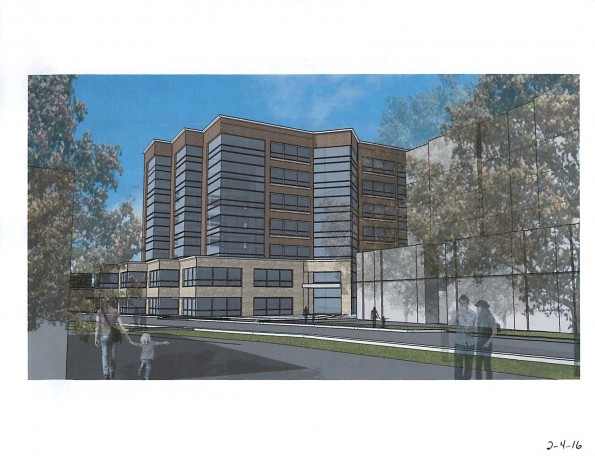
By the year 2020, Salt Lake City’s population will grow to an estimated 210,592 people, and close to 30,000 people will live in Sugar House. Since 2012, 661 new apartment and condominium units have been built for incoming residents, and commercial development has attracted even more people to downtown Sugar House. The economic growth is proof of city planners’ projection that construction of the “S” Line streetcar would result in upwards of $400 million in private investment.
With the season’s warm weather, people are thronging to parks. Lines of customers wait for tables at restaurants and pubs. The challenge now is how to deal with the community consequences and costs of such success. The spike in population has put pressure on existing facilities and services, traffic congestion is intensifying, and lack of parking is a constant annoyance.
Like other cities, Salt Lake charges impact fees to developers to mitigate the burden that their projects place on the surrounding community. In order to compensate for the cost of providing public services, impact fees are assessed, along with other fees, for proposed building projects as a condition of development approval.
In the business district, there are a few choices for handling the increase in street congestion. The city could build more roads, or widen existing ones. Or they could restore previous levels of service by improving alternative means of moving people, including transit and safer pedestrian and bicycle circulation, using impact fees to fund the improvements.
But the current Impact Fee Facility Plan restricts how fees may be collected and used. There are only four categories of use: fire, police, parks, and roadways. Parks fees are collected solely on housing projects, and at present, roadway fees are only collected for projects in the industrial area west of Redwood Road.
Even if existing requirements permitted their use in Sugar House, impact fees must be matched by other funding. The lack of such matching funds has made it difficult to use the millions in fees that were collected over the past few years.
The City Council voted last fall to suspend the collection of impact fees until the requirements were changed, and the moratorium will continue until next October. Perhaps by then the fees previously collected from residential and commercial projects in the Sugar House district can be used to improve the parks and trails that drew new residents to the area, or to improve transit and pedestrian facilities. Maybe they can be used to provide public parking that would handle the problems created by the overwhelming success of the Sugar House redevelopment process.
Utah’s population is expected to double by 2050. A proportionate increase in the Sugar House population will boost demand for the amenities that residents and businesses expect: utilities, fire and police services, recreational open space, and complete streets. By next October, the Sugarmont Apartments and new Mecham office building may already be underway, and exempt from impact fees. If not, the resumption of impact fees collected from those and other new developments should help pay for the burden they place on the community.






